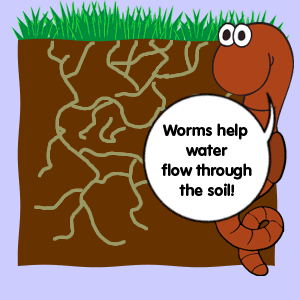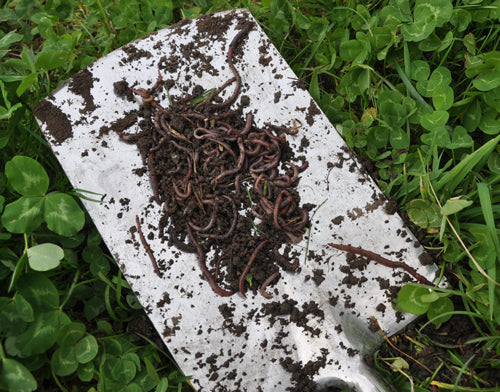What Does North Carolina Worms Do?
What Does North Carolina Worms Do?
Blog Article
The Ultimate Guide To North Carolina Worms
Table of Contents10 Simple Techniques For North Carolina WormsHow North Carolina Worms can Save You Time, Stress, and Money.The Basic Principles Of North Carolina Worms The Definitive Guide for North Carolina Worms
Instance: 1-gallon of worm spreadings to 4 gallons of potting mix. 1/2 cup in the bottom of the growing opening for smaller plants. 1 cup for bigger plants.
The enhancement of tea can also include raised microbial biomass to your dirt. You can always side-dress your plants with worm spreadings any time. Simply keep in mind, the bacteria will certainly die if exposed to UV rays (Sunlight), so make sure to cover the spreadings with an inch or two of dirt.
This baffled them for years till the screening approaches became much better. It would get far better(with even more castings), level off, and then decrease. Also numerous worm spreadings would speed up the development to a pace that the plant might not recover from.
The Ultimate Guide To North Carolina Worms
Lots of herbicides work with this same concept. 20% by volume appears to be the "Sweet Spot". I have stated the virtues of worm castings for concerning 2000 words. What about the various other side of the coin? Nothing is perfect. Worm castings are no various. It requires time to develop quality worm spreadings.
Worm castings certainly set you back even more than chemical plant foods. Worm spreadings are on the less costly end of organic plant foods. (50 gallons per year) It is a much tougher and really pricey financial investment to generate huge quantities of worm spreadings.

Producing a healthy dirt might be the biggest advantage of worm spreadings. We talked about worm spreadings NPK and likewise the correct nutrient analysis that need to apply to worm spreadings.
Some Known Details About North Carolina Worms
We talked regarding some of the downsides linked with worm castings. I covered a great deal of product in this write-up. There are a great deal of links (inner and exterior). If you would like more info on a certain subject, please click via the web links for more information. As always, feel complimentary to comment or ask questions.
The upright burrows are commonly open, although the worms cover the top with residue and excrement. Origins need oxygen for their growth, whereas they generate carbon dioxide that requires to leave the soil.
Earthworms raise porosity by 2 systems: (1) by developing long-term burrows, and (2) by enhancing dirt aggregation. Aggregation is improved by the mixing of dirt and organic matter in the earthworms' intestines. Where to buy worms in NC. These highly secure accumulations are transferred by some earthworms in their burrows, and by others at the surface area of the soil


In one more research, earthworms were approximated to take in 4 to 10 percent of the top 6 inches of the dirt each year. Dirt compaction minimizes the porosity of the dirt.
The Ultimate Guide To North Carolina Worms
Common earthworm populations can quickly take in 2 lots of completely dry issue per acre annually, partially absorbing and mixing it with soil. The importance of earthworms to mix surface residue with soil becomes really clear in soils that do not have any earthworms. Many of our Pennsylvania dirts contend least some earthworms, and the result of their total absence, therefore, can not be kept in mind.
(https://alive2directory.com/gosearch.php?q=http%3A%2F%2Fwww.northcarolinaworms.com%2F)In these soils, the formation of topsoil with sensible natural issue material did not take location, leading to bad crop growth. When the cause was established, the government of the Netherlands began a project to present earthworms. After the intro of the earthworms, a dark topsoil layer was developed, and crop development enhanced significantly.
They live largely from partially broken down natural issue that is currently integrated in the soil. These types consume large amounts of soil that they mix with digested crop deposit in their guts.
These types ingest substantial quantities of dirt that they mix with absorbed residue in their digestive tracts. Their excrement is primarily transferred at the surface of the dirt.
Report this page